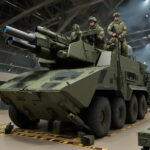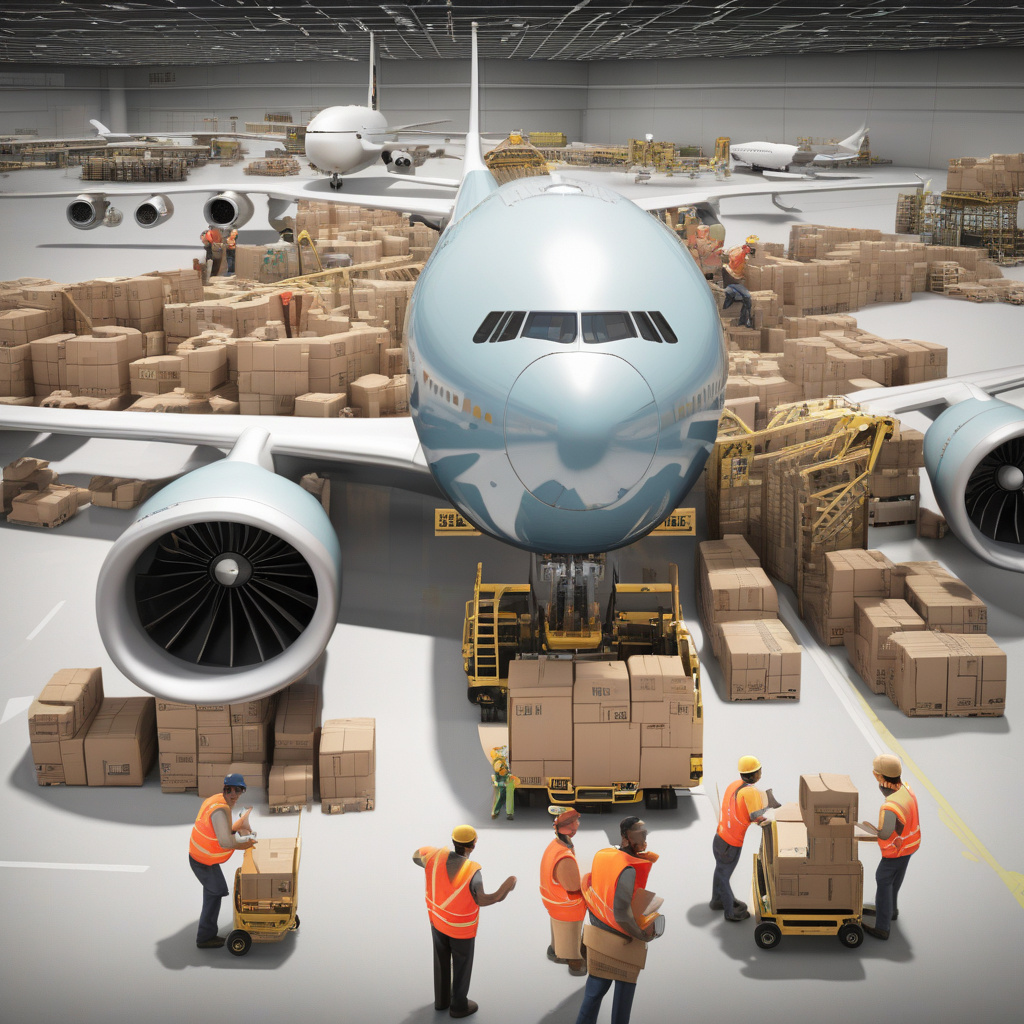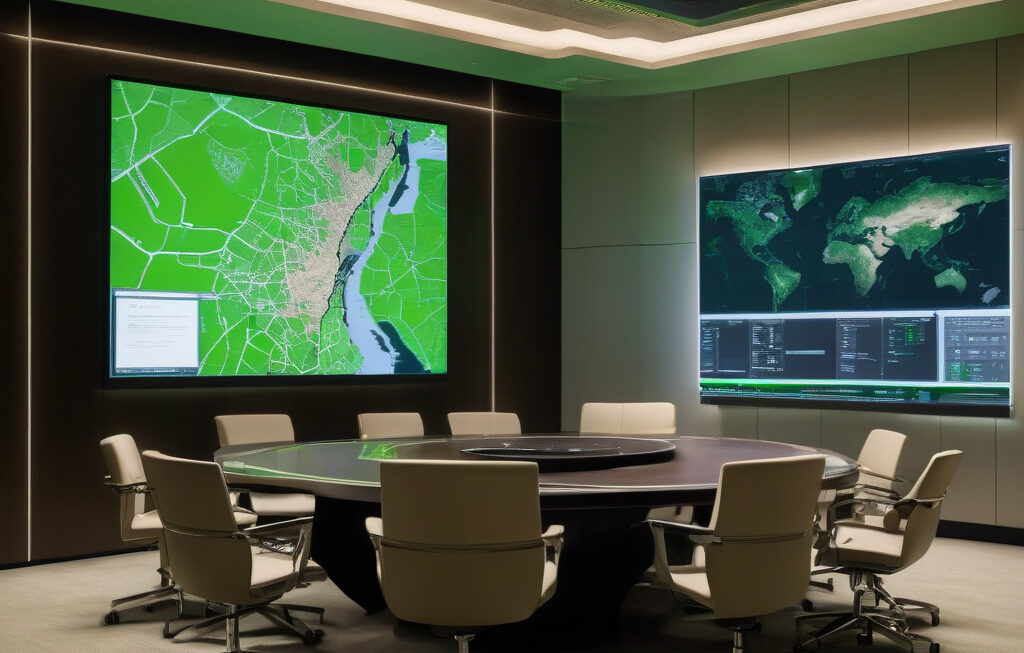Apple’s $2 Billion iPhone Airlift from India Dodges Trump’s Tariffs
In a bold and strategic move, tech giant Apple recently orchestrated a high-stakes operation involving the airlifting of a staggering 600 tons of iPhones from India to the United States. The urgency behind this massive logistical endeavor stemmed from the looming threat of tariffs imposed by the Trump administration, a challenge that Apple was keen to navigate around to protect its bottom line.
The operation, which involved the utilization of cargo jets and expedited customs procedures, highlights the lengths to which companies are willing to go to circumvent policy hurdles and economic uncertainties. With a jaw-dropping $2 billion worth of iPhones on the line, this airlift was not just about moving products across continents—it was a calculated survival strategy.
Apple’s decision to airlift iPhones from India to the US showcases the intricate dance that global tech companies must perform in the face of evolving trade dynamics and geopolitical tensions. By sidestepping potential tariffs, Apple managed to safeguard its profit margins and insulate itself from the financial repercussions of a trade war.
The speed and efficiency with which this operation was executed underscore Apple’s agility and resourcefulness in adapting to external challenges. In a landscape where tariffs and trade policies can shift rapidly, the ability to pivot and innovate on the fly is a crucial asset for companies looking to maintain their competitive edge.
Moreover, the airlift of iPhones from India to the US offers a rare glimpse into the complex web of global supply chains that underpin the technology industry. From sourcing components to manufacturing products and delivering them to consumers, companies like Apple must orchestrate a symphony of logistics to keep pace with consumer demand and market dynamics.
Beyond the immediate implications for Apple’s bottom line, this airlift serves as a microcosm of the broader strategies employed by tech giants to weather economic storms. By proactively managing risks and exploring creative solutions, companies can not only mitigate short-term challenges but also position themselves for long-term success in an increasingly volatile global marketplace.
As we witness the fallout from escalating trade tensions and protectionist measures, Apple’s $2 billion iPhone airlift stands out as a testament to the resilience and adaptability of major corporations in the face of adversity. By demonstrating the willingness to think outside the box and take decisive action, Apple has set a precedent for how companies can navigate turbulent waters and emerge stronger on the other side.
In conclusion, Apple’s recent airlift of iPhones from India to the US is more than just a logistical feat—it is a strategic maneuver aimed at dodging tariffs and safeguarding the company’s financial interests. By mobilizing resources, leveraging global supply chains, and prioritizing agility, Apple has exemplified how innovation and adaptability are key drivers of success in an ever-changing economic landscape.
#Apple, #iPhone, #Tariffs, #Logistics, #GlobalTrade












